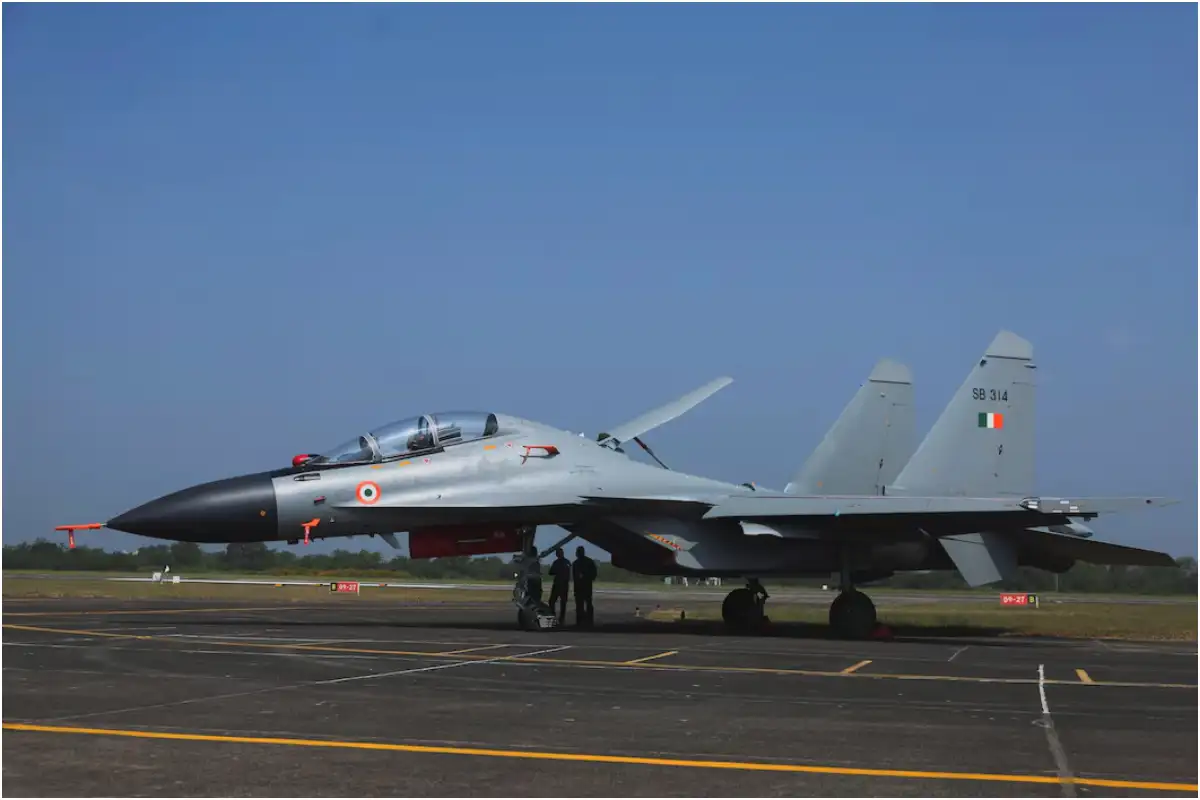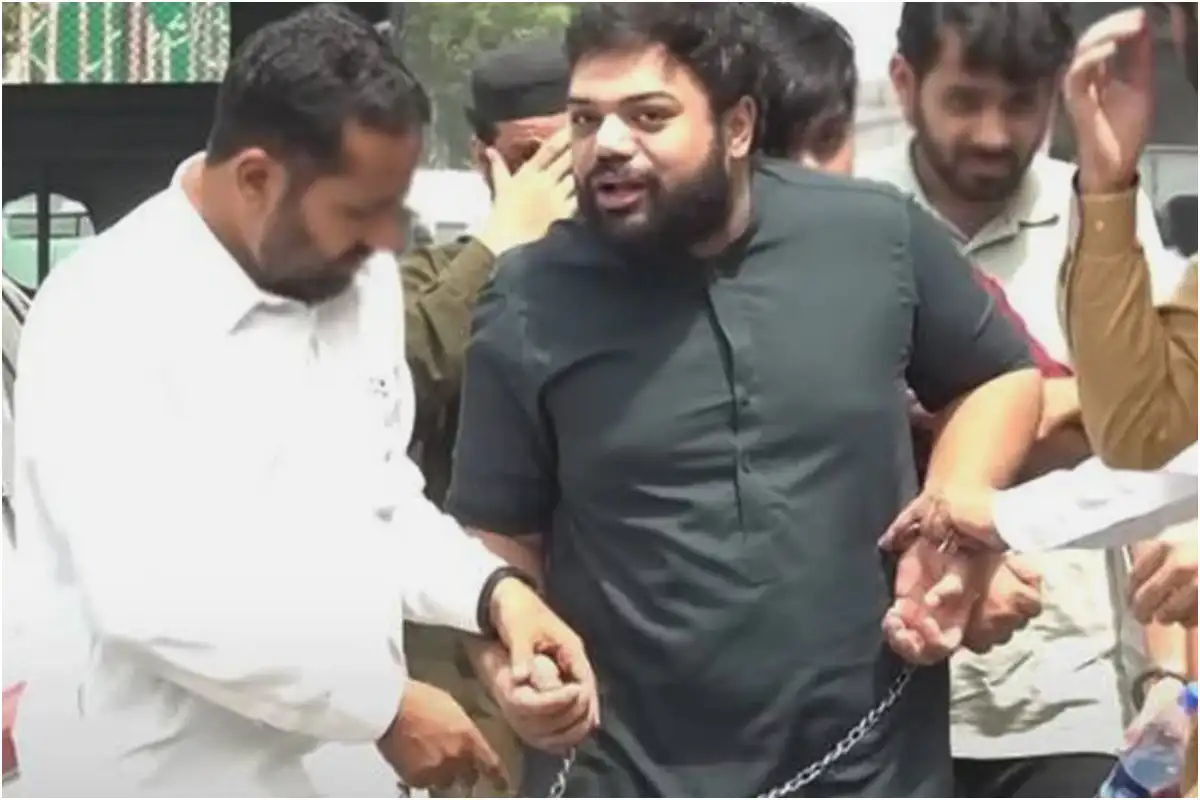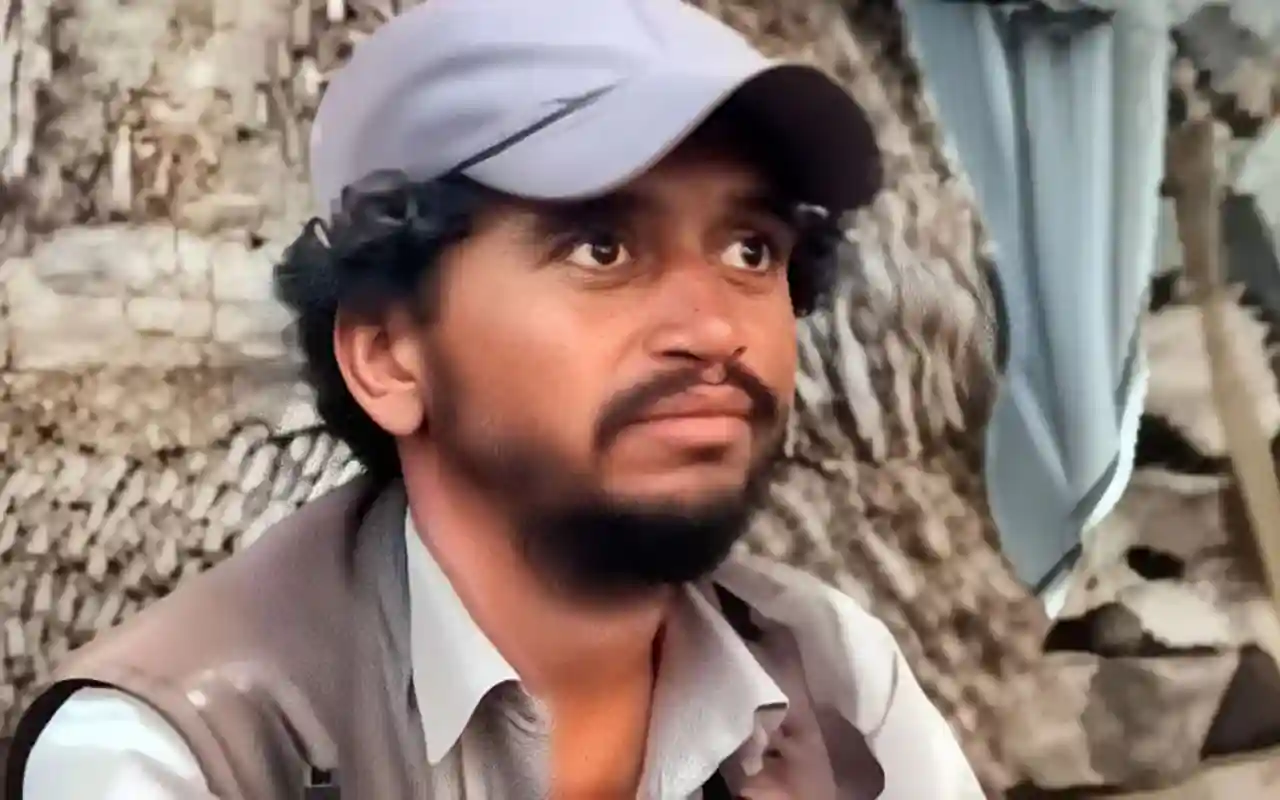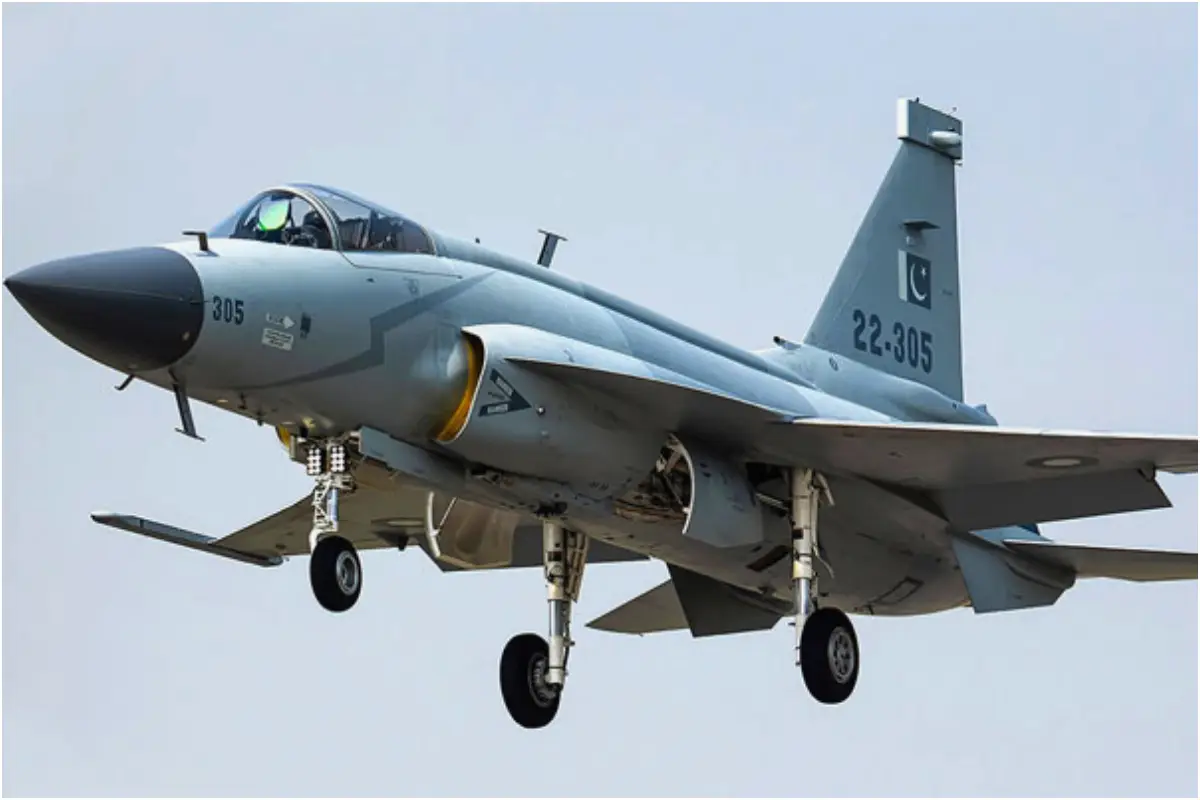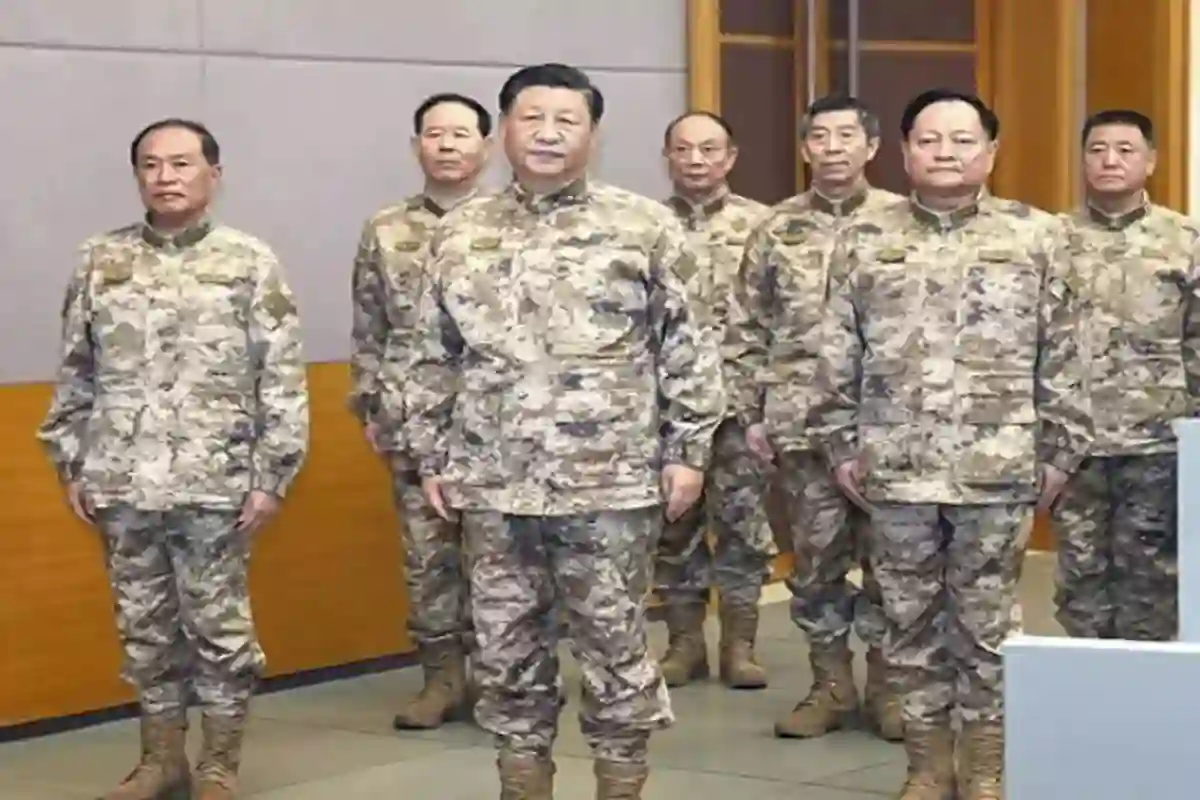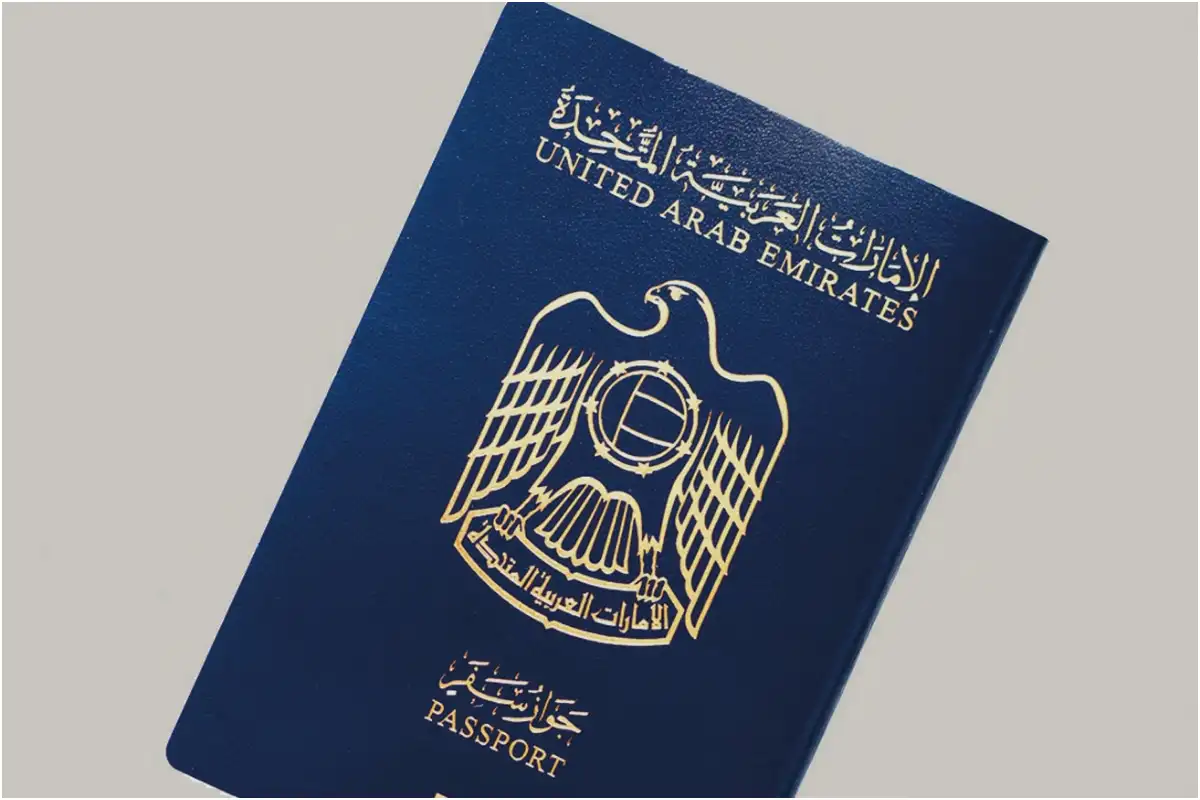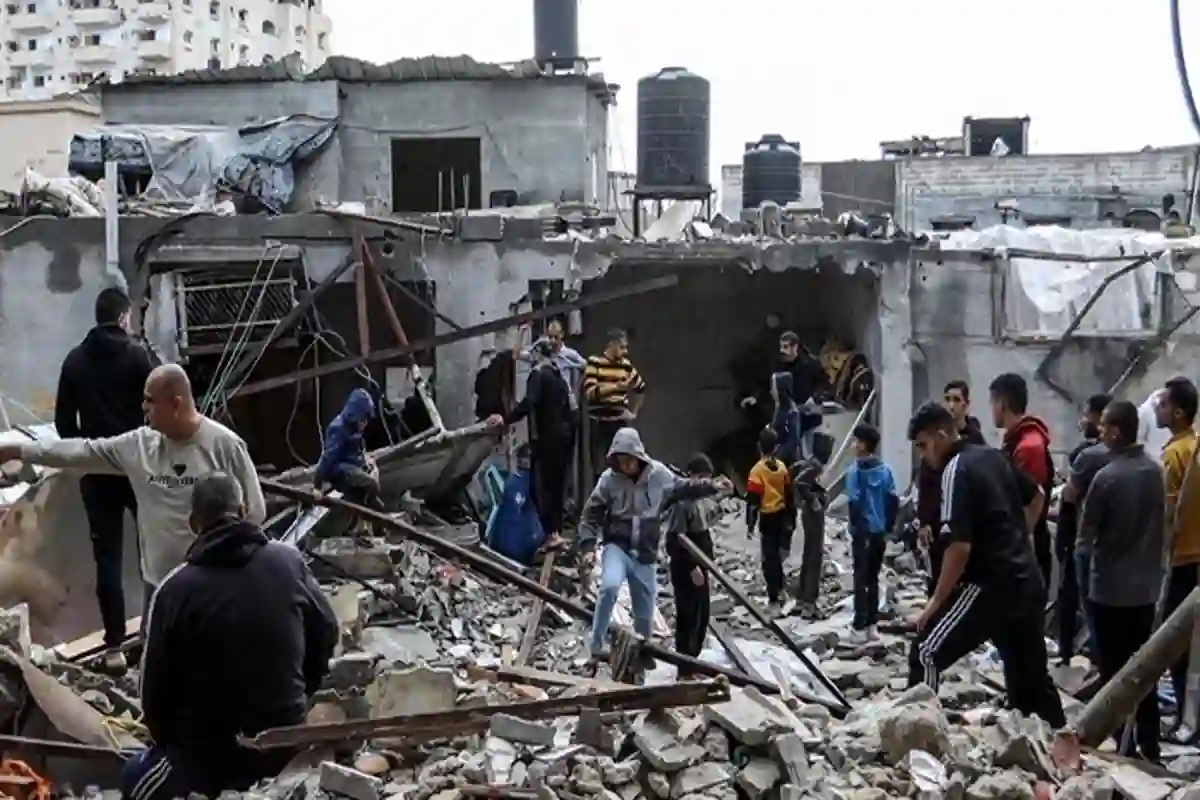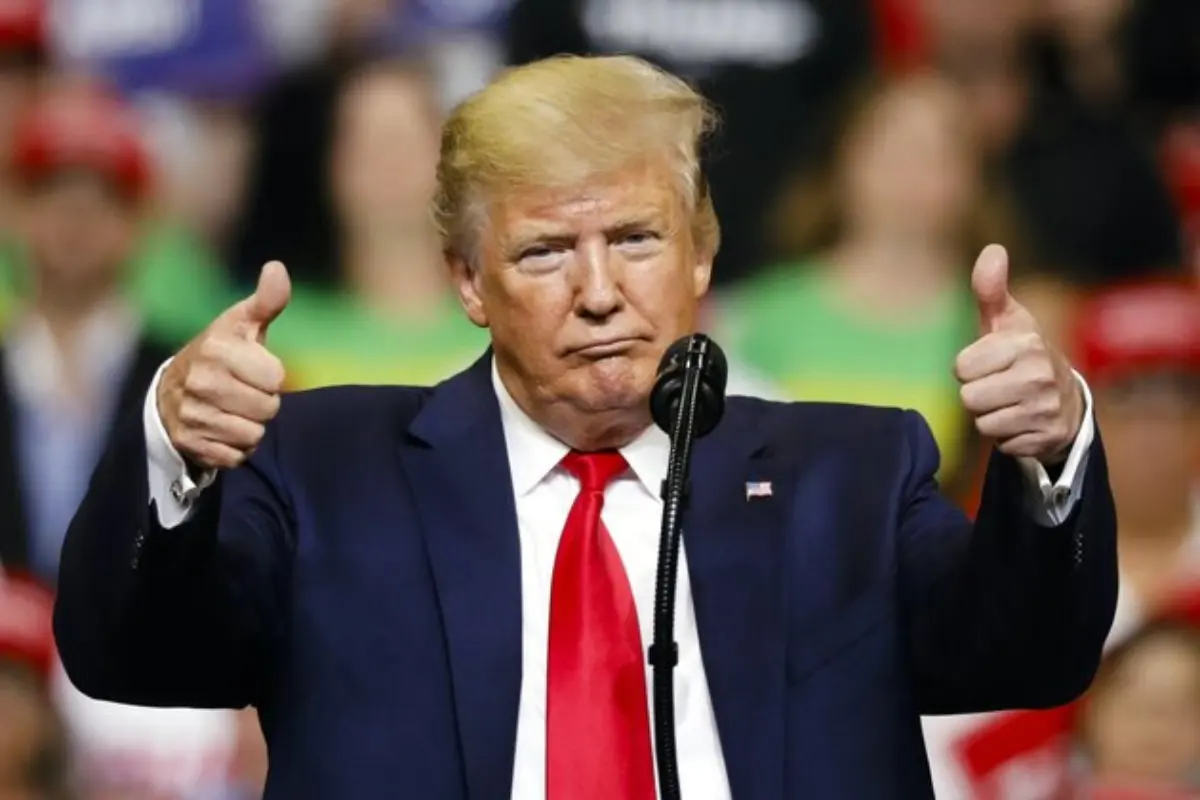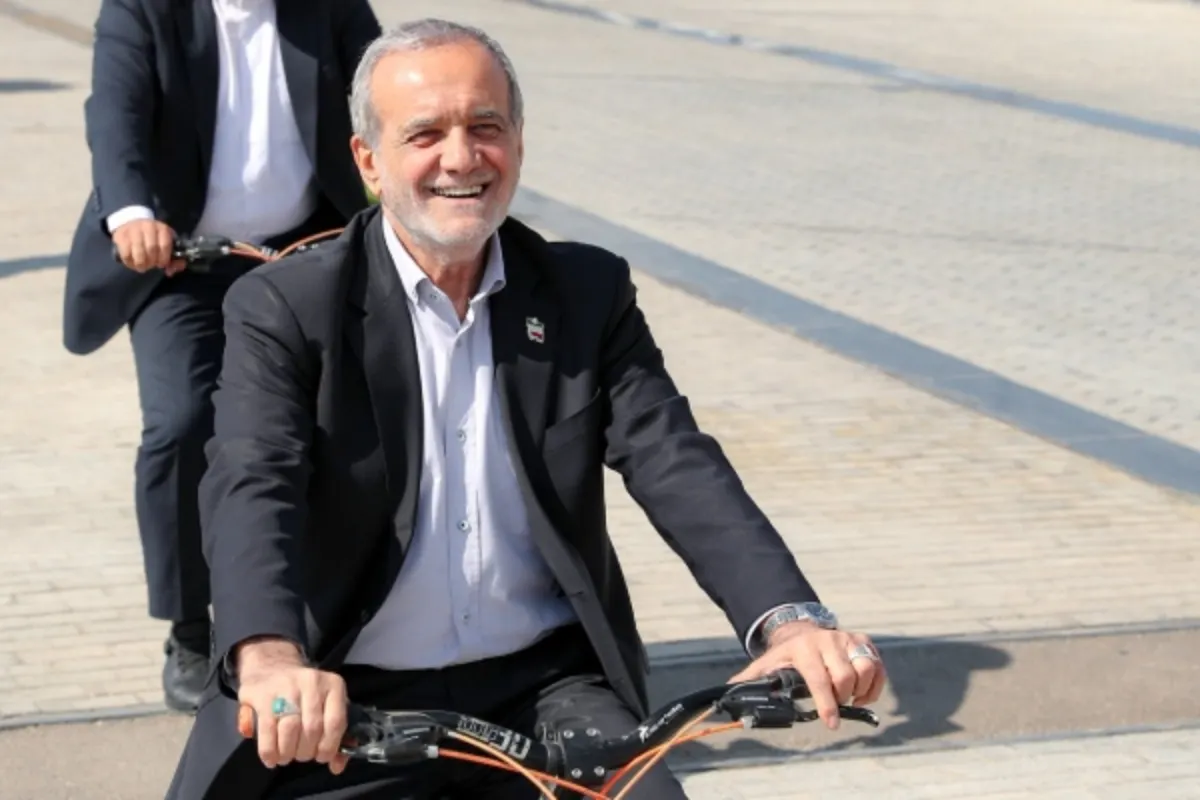India plans to invest approximately 654 billion rupees ($7.44 billion) over the next decade and beyond to procure engines for fighter aircraft currently under development, according to estimates shared by a senior defence official on Friday. S. V. Ramana Murthy, director of the Gas Turbine Research Establishment (GTRE), a state-run defence laboratory, stated that the country will require around 1,100 engines for various fighter jet programs progressing through different stages.
India’s long-standing effort to develop the indigenous Kaveri engine for its light combat Tejas jets has faced delays due to technical challenges. Murthy emphasized the urgent need to adopt a “mission mode” approach to foster an ecosystem supporting indigenous fighter engine development. He highlighted the necessity for critical infrastructure, including a high-altitude testing facility and a robust industrial base.
Additionally, Murthy revealed that a variant of the Kaveri engine could power a home-grown unmanned combat aerial vehicle (UCAV). He is leading the collaboration to co-develop an engine with international partners for India’s first 5th generation stealth fighter aircraft. Notable companies such as France’s Safran, Britain’s Rolls-Royce, and the U.S. General Electric have expressed interest in this project.
The Advanced Medium Combat Aircraft (AMCA), India’s upcoming stealth fighter prototype, is expected to be unveiled by 2028, according to officials. This program marks a shift as it will open engine development bids to private firms, reducing reliance on the state-owned Hindustan Aeronautics Ltd (HAL), which currently manufactures the majority of India’s military aircraft.
Prime Minister Narendra Modi’s administration has prioritized boosting domestic defence manufacturing capabilities, encouraging global weapon manufacturers to establish partnerships and production units with Indian firms to support the nation’s strategic autonomy goals.
